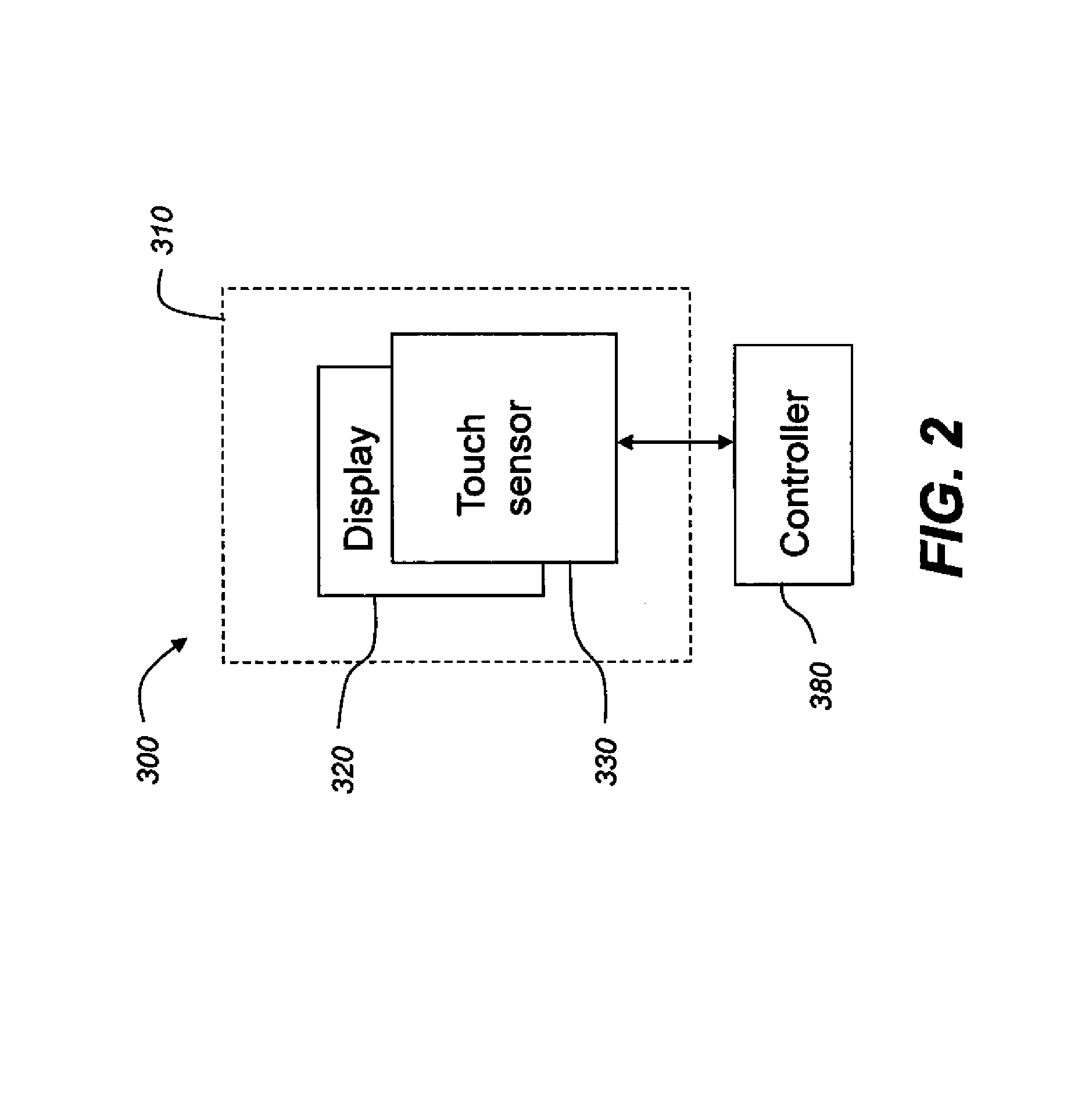Photopolymerizable compositions for electroless plating methods
a technology of electroless plating and compositions, applied in the field of photopolymerizable compositions, to achieve the effects of improving photocuring or photopolymerization efficiency, reducing the yield of brönsted acid, and increasing the sensitivity to curing irradiation
- Summary
- Abstract
- Description
- Claims
- Application Information
AI Technical Summary
Benefits of technology
Problems solved by technology
Method used
Image
Examples
invention example 1
[0341]A photopolymerizable composition of the present invention was prepared by mixing 14.3 weight % of epoxy acrylates CN 153 (3.18 g, Sartomer), weight % of poly(ethylene glycol) diacrylate (2.19 g, Mn of 250, Aldrich), 2.1 weight % of poly(ethylene glycol) diacrylate (0.47 g, Mn of 575, Aldrich), 11 weight % of pentaerythritol tetraacrylate (2.40 g, Sartomer), 1 weight % of a triaryl sulfonium salt hexafluorophosphate mixed in 50% propylene carbonate (0.177 g from Aldrich), 1 weight % a triaryl sulfonium salt hexafluoroantimonate mixed in 50% propylene carbonate (0.177 g from Aldrich), 2.4 weight % of free radical photoinitiator hydroxycyclohexyl phenyl ketone (0.53 g, Aldrich), 1.2 weight % of free radical photoinitiator methyl-4′-(methylthio)-2-morpholinopropiophenone (0.27 g, Aldrich), 20 weight % of silver nanoparticles (431 g, from Novacentrix, 20 nm average particle size), 1.1 weight % of carbon nanoparticles (0.243 g), ˜2 weight % of benzoperylene (S-7, 0.34 g, Adrich), 3 ...
invention example 2
[0343]A photopolymerizable composition of the present invention was prepared by mixing 14.3 weight % of epoxy acrylates CN 153 (3.18 g, Sartomer), weight % of poly(ethylene glycol) diacrylate (2.19 g, Mn of 250, Aldrich), 2.1 weight % of poly(ethylene glycol) diacrylate (0.47 g, Mn of 575, Aldrich), 11 weight % of pentaerythritol tetraacrylate (2.40 g, Sartomer), 1 weight % of a triaryl sulfonium salt hexafluorophosphate mixed in 50% propylene carbonate (0.177 g from Aldrich), 1 weight % a triaryl sulfonium salt hexafluoroantimonate mixed in 50% propylene carbonate (0.177 g from Aldrich), 2.4 weight % of free radical photoinitiator hydroxycyclohexyl phenyl ketone (0.53 g, Aldrich), 1.2 weight % of free radical photoinitiator methyl-4′-(methylthio)-2-morpholinopropiophenone (0.27 g, Aldrich), 20 weight % of silver nanoparticles (431 g, from Novacentrix, 20 nm average particle size), 1.1 weight % of carbon nanoparticles (0.243 g), 1 weight % of pyrene (S-8, 0.17 g, Aldrich), 3 weight ...
PUM
| Property | Measurement | Unit |
|---|---|---|
| particle size | aaaaa | aaaaa |
| particle size | aaaaa | aaaaa |
| particle size | aaaaa | aaaaa |
Abstract
Description
Claims
Application Information
 Login to View More
Login to View More - R&D
- Intellectual Property
- Life Sciences
- Materials
- Tech Scout
- Unparalleled Data Quality
- Higher Quality Content
- 60% Fewer Hallucinations
Browse by: Latest US Patents, China's latest patents, Technical Efficacy Thesaurus, Application Domain, Technology Topic, Popular Technical Reports.
© 2025 PatSnap. All rights reserved.Legal|Privacy policy|Modern Slavery Act Transparency Statement|Sitemap|About US| Contact US: help@patsnap.com



